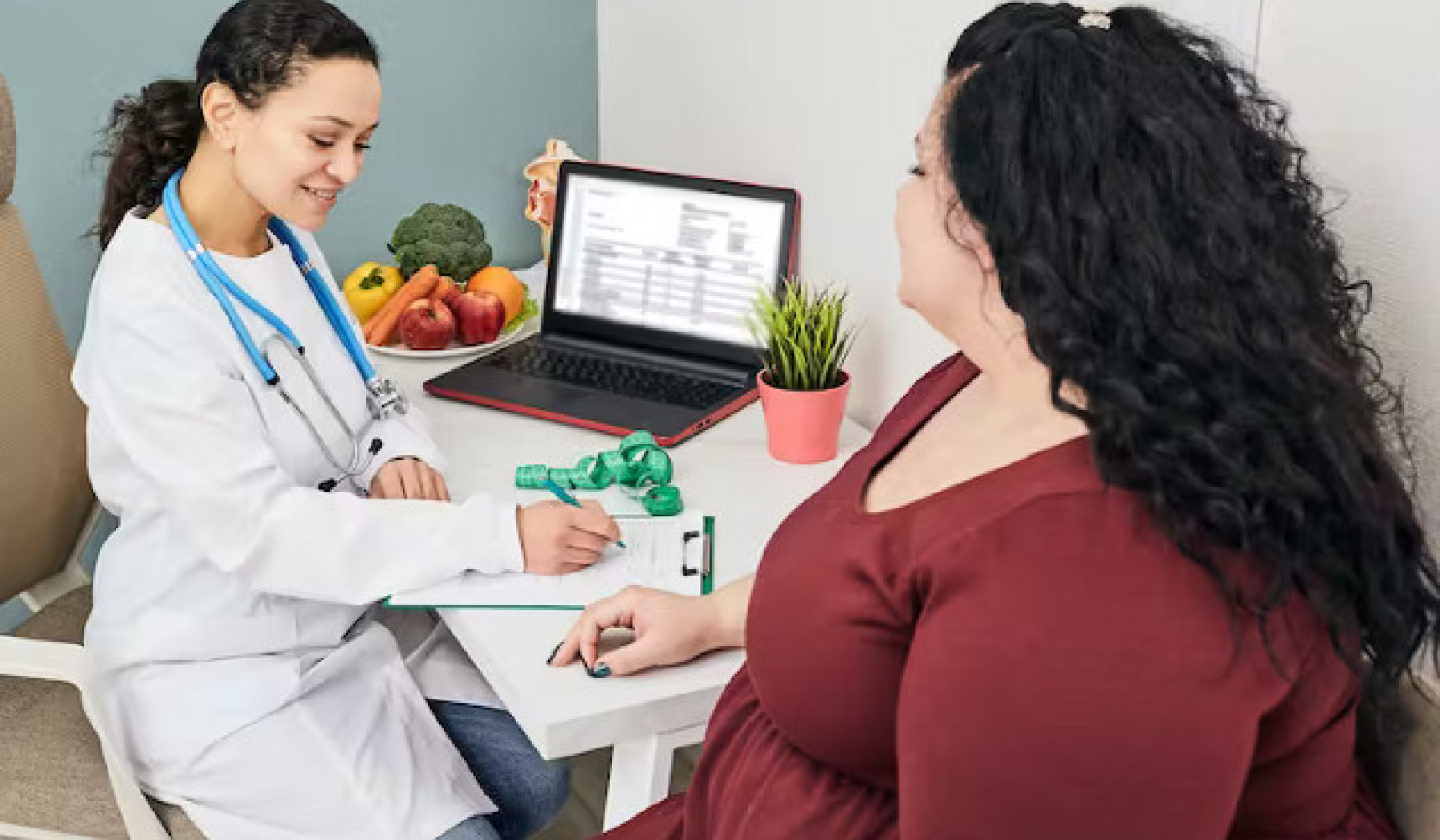
Long COVID affects many millions of people around the world. panitanphoto/Shutterstock
The latest data from the Office for National Statistics suggests that more than 1.2 million people in the UK report living with long COVID for 12 months or more.
Several studies have confirmed that symptoms can persist in people with long COVID for more than a year after infection. And long COVID can occur regardless of whether or not people were very sick when they caught the virus.
Meanwhile, there is convincing evidence of organ impairment in people who were hospitalised with COVID. But what about organ damage in people who didn’t necessarily need to be admitted to hospital with the virus, but developed long COVID?
In a new study published in the Journal of the Royal Society of Medicine, my colleagues and I looked at organ damage in long COVID patients, most of whom were not severely affected when they had COVID initially. We identified organ damage in 59% of participants a year after their initial symptoms.
Get The Latest By Email
Filling a knowledge gap
We were a week into the first UK lockdown in late March 2020. In patients who became seriously unwell and were hospitalised with COVID, risks of dysfunction in the heart and other organs were becoming clear to clinicians and scientists.
The term “long COVID”, now used to describe post-COVID symptoms persisting for more than 12 weeks, had not yet been coined. The effects of a COVID infection in people who weren’t hospitalised were not characterised, but were assumed to be negligible.
An Oxford-based company specialising in organ-specific imaging asked me to collaborate on a follow-up study of people in the community after COVID, presenting an opportunity to address this knowledge gap.
During 2020 and 2021, we documented symptoms and conducted a 40-minute multi-organ MRI scan in 536 people with long COVID, six months after their initial infection, focusing on the heart, lungs, liver, kidneys and pancreas.
Some 13% were hospitalised when they were first diagnosed with COVID, and only 2% had received one or more COVID vaccinations, reflecting the situation in the early stage of the pandemic.
From this first set of scans, we found 331 participants (62%) had organ damage. Impairment of the liver, pancreas, heart and kidneys were most common (affecting 29%, 20%, 19% and 15% of participants respectively). These 331 participants were followed up six months later with a further MRI scan.
We found that three in five of the original study participants (59%) had impairment in at least one organ a year after infection, while just over one in four (27%) had impairment in two or more organs. So, for the vast majority of participants who had organ damage at six months, it was sustained until at least 12 months.
While in some cases participants with organ damage were no longer experiencing symptoms, organ impairment was associated with a higher likelihood of persistent symptoms and reduced function at 12 months.
Future research should have four priorities
Our study has some limitations, which should guide future research.
First, the vast majority of participants in our study caught COVID before vaccines were available. So we need to see if the same degree of organ impairment occurs in the current context where most people have had at least one COVID vaccine. It will also be important to study people who have been infected with more recent COVID variants.
Further, longer follow-up of people with long COVID will show how much of the organ impairment eventually improves, and could help us understand how organ damage in this context affects quality of life and longer-term health.
Second, we compared our participants with a healthy control group at the first scan, but not at the follow-up scan. Future studies should compare organ function over time in long COVID patients with different control groups. Useful comparison groups could include people with risk factors (such as diabetes and obesity) but not long COVID, and people who had COVID but did not develop long COVID.
Third, we were not able to identify clear subtypes of symptoms associated with impairment of a particular organ, or organs. That is, we weren’t able to link damage to a specific organ to specific symptoms.
There needs to be a concerted effort to better define long COVID subtypes by symptoms, blood investigations or imaging. For example, inflammation and abnormal blood clotting have been hypothesised to be major mechanisms behind long COVID, but are either of these associated with changes in specific organs? If we can better understand the underlying mechanisms behind long COVID, this will increase the chances of effective treatments.
Fourth, this was not a study at population level. The impact of long COVID on quality of life and time off work is a major concern for individuals, health systems and economies, and should inform further consideration of the wider costs of organ impairment in long COVID.
In an ongoing study, STIMULATE-ICP, we are considering all these aspects, including assessing whether the multi-organ MRI scan could improve care for long COVID patients.
Further research into organ impairment with long COVID will be important. But given the number of people living with long COVID, even if a smaller proportion have organ impairment than shown in our study, this is a problem on a large scale.
To reduce the risk of long COVID and any associated organ damage, COVID infection and reinfection are worth avoiding as much as possible.![]()
About The Author
Amitava Banerjee, Professor of Clinical Data Science and Honorary Consultant Cardiologist, UCL
This article is republished from The Conversation under a Creative Commons license. Read the original article.
books_health







